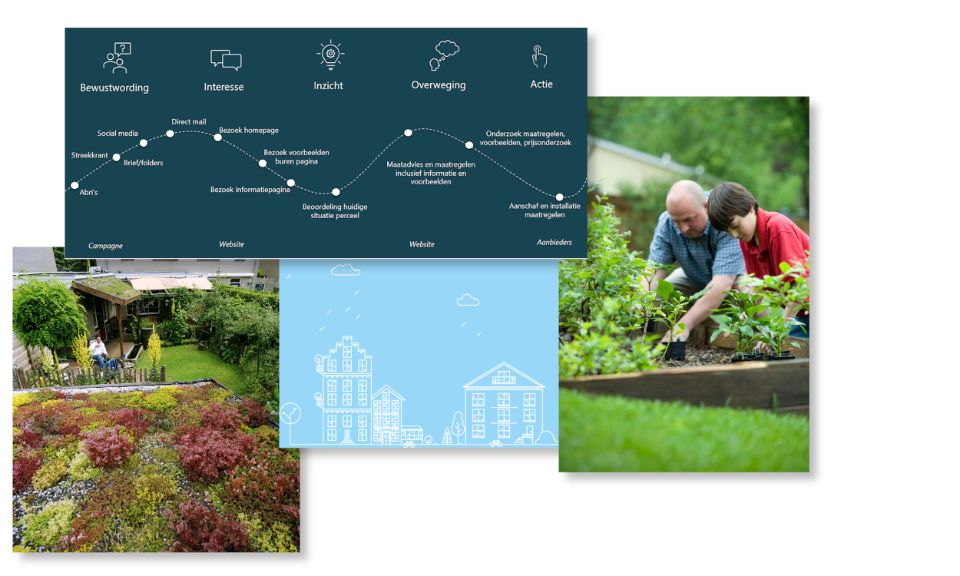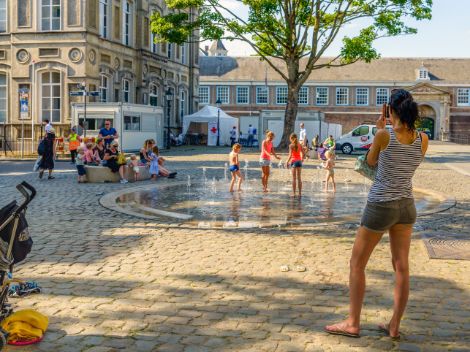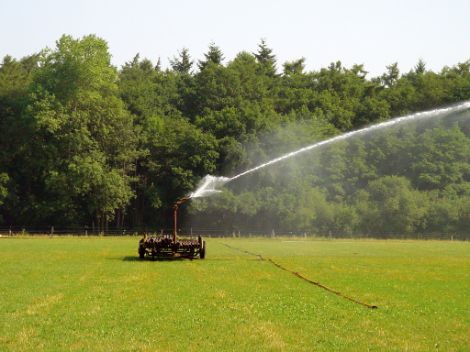I Am Waterproof
Handling rainwater with greater care is a policy focal point for many municipalities in the Netherlands. In urban areas, on average, 70 % of land is privately owned, limiting the possibilities for local governments to intervene. A municipality cannot enforce measures on private land. As a result, municipalities aiming to achieve maximum impact are dependent on their residents. The I Am Waterproof online tool helps in this situation.

Online tool removes barrier
For many people, climate change is still a rather abstract concept. For this reason, governments are expected to take responsibility for dealing with problems or applying restrictive measures (such as a ban on watering gardens). Relatively simple measures that people can take themselves – a green roof, a rain barrel, drainage gullies – are ignored. A connection between these solutions and people’s individual living situations is often simply not made. I Am Waterproof provides municipalities with an online tool that eliminates an important barrier for residents.
Advice for individual properties
Whereas most advice does not go beyond general tips, I Am Waterproof gives residents tailored advice on possibilities for collecting rainwater on their very own property. Thanks to clever use of publicly available data, residents only need to enter their postcode and house number in order to receive instant, tailor-made advice based on labels. Want to know more about these labels? Read this article.
The tool also advises residents on measures to help them protect their homes against flooding. These include simple measures such as placing white goods on a raised platform or storing valuables in the attic; but they also include more complex measures like splitting electrical groups or installing a check valve in the sewage system.
I Am Waterproof is a collaboration between Utrecht University and Witteveen+Bos. Click here for the I Am Waterproof website (Dutch).

The Heat Stress Map and I Am Waterproof
Witteveen+Bos also has a Heat Stress Map, which shows where heat stress occurs in residential areas and natural habitats. The Heat Stress Map is an excellent complement to I Am Waterproof. Heat stress is a serious problem in parts of cities. Typically, a small number of residents act as forerunners and develop their own initiatives against heat stress. Unfortunately, however, most attempts to persuade the rest to take action usually have little effect.
By employing Witteveen+Bos’s Heat Stress Map, it is possible to monitor which measures are effective and identify where further action is required. It is ideal for setting up targeted programmes aimed at improving the liveability of a municipality.

Why I Am Waterproof?

Personal advice
Thanks to clever use of publicly available data sources, residents receive tailored advice based on their postcode and house number. The data includes such features as the area measurements of the roof and garden, and the soil type.

Speaks directly to residents
Often, governments are expected to take responsibility for dealing with flooding and drought; relatively simple measures that people can take themselves are ignored. The I Am Waterproof website provides advice on measures for residents.

Clear and practical
The tool helps residents in a clear and practical way. Residents are given advice that they can immediately put into practice – like removing paving, for example, or installing a sedum roof or water fence.

More information?

Daniël develops digital solutions for climate-adaptive cities, focusing on issues surrounding water.



